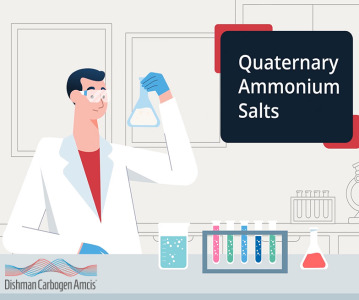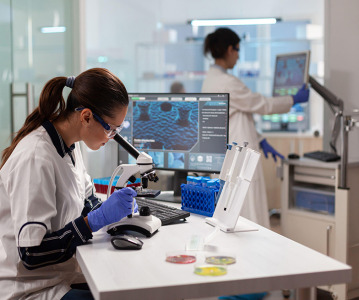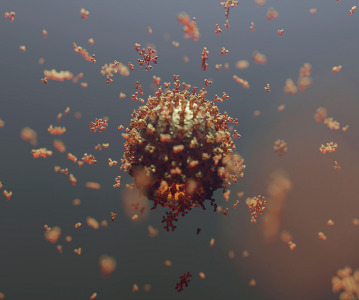Asia-Pacific Colorectal Cancer Therapeutics Market Value to Reach Almost $3 Billion by 2020

The Colorectal Cancer (CRC) therapeutics market in Asia-Pacific (APAC) is set to increase in value, from $1.9 billion in 2013 to $2.9 billion by 2020, at a compound annual growth rate (CAGR) of 6.5%, says a new report from business intelligence provider GBI Research.
The company’s latest report* states that this expansion, occurring across India, Australia, China and Japan, will be driven by the increasing incident population and higher uptake of branded drugs and targeted therapies, as patient access to these more expensive treatments improves.
The moderate uptake of late-stage pipeline products panitumumab and Xilonix, following their expected approvals between 2016 and 2018, will also help boost the market, along with ramucirumab, TAS-102, TS-1 and MelCancerVac.
Saurabh Sharma, Senior Analyst for GBI Research, says: “The introduction of monoclonal antibodies (mAbs) as a combination therapy with chemotherapy drugs has significantly reduced the incidence of adverse events associated with chemotherapy alone. Additionally, the strong efficacy profiles of mAbs have resulted in favorable reimbursement and subsequent increases in their uptake.
“However, panitumumab and Xilonix will experience only modest adoption over the forecast period. While the former drug appears to be a moderately safe and effective treatment for metastatic CRC, it lacks a superior efficacy benefit when used in some chemotherapy combinations, such as with Avastin.”
Despite the promising drug pipeline, the analyst states that more impressive growth in the APAC CRC therapeutics market will be prevented by a significant rise in patent expirations, including those for Erbitux and Avastin in Japan during 2016 and 2020, respectively. This will create a substantial opportunity for generic and biosimilar manufacturers.
Sharma continues: “Another barrier to market growth is the high annual cost of targeted therapies currently available for CRC, compared with other available treatment options, and pharmaceutical companies should monitor the affordability of these therapies, including mAbs.
“The higher levels of diversity and competition surrounding CRC treatments are expected to result in moderate price increases for drugs with modest clinical benefits, due to the established pricing benchmarks of available treatments,” the analyst concludes.
Related News
-
News Eli Lilly gets ready to launch five new drugs in 2023
Eli Lilly, the American pharmaceutical company (IN, USA) are gearing up for a big year ahead, with hopes to launch five new drugs and capitalise on growing obesity and Alzheimer’s disease markets. -
News Amgen buys Horizon for $27.8 billion in bold step into the rare disease market
Amgen Inc buys pharmaceutical company Horizon Therapeutics in a multibillion-dollar deal, in hopes to capitalise on it's portfolio of drugs in the highly sort after rare disease market. -
News Pharma Supply Chain People Moves
The latest appointments and promotions across the pharmaceutical supply chain. -
News Merck to donate new Ebola vaccine to defend against outbreaks in Uganda
Pharmaceutical giant Merck has announced they will be speeding up the processing of a new vaccine against the latest strain of the Ebola virus, to be donated to a global non-profit organisation for distribution -
News CPHI Podcast Series: Driving innovation with pharmaceutical startups
The latest episode in the CPHI Podcast Series explores how startups are driving innovation by taking high-risk approaches and doing business with greater agility. -
News Greener and efficient processes: Quaternary Ammonium Salts
Quaternary Ammonium Salts play a crucial part in Organic Chemistry processes at many major industries. Discover why.
-
News Biosimilars save patients $11B annually, but barriers to adoption remain in US market
Biosimilars introduce competition into the biologics market, driving down prices and increasing patient access. -
News WHO recommends use of two monoclonal antibody treatments against Ebola
The health body recommended use of treatments by Regeneron and Ridgeback Bio
Position your company at the heart of the global Pharma industry with a CPHI Online membership
-
Your products and solutions visible to thousands of visitors within the largest Pharma marketplace
-
Generate high-quality, engaged leads for your business, all year round
-
Promote your business as the industry’s thought-leader by hosting your reports, brochures and videos within your profile
-
Your company’s profile boosted at all participating CPHI events
-
An easy-to-use platform with a detailed dashboard showing your leads and performance
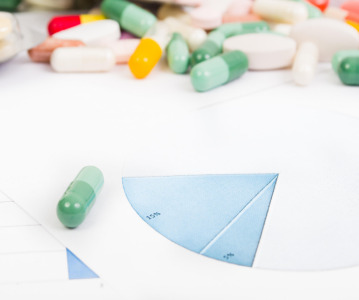
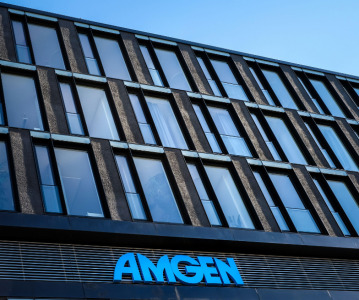

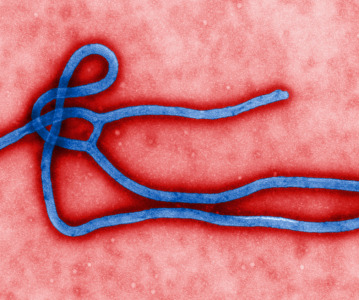
.png)
